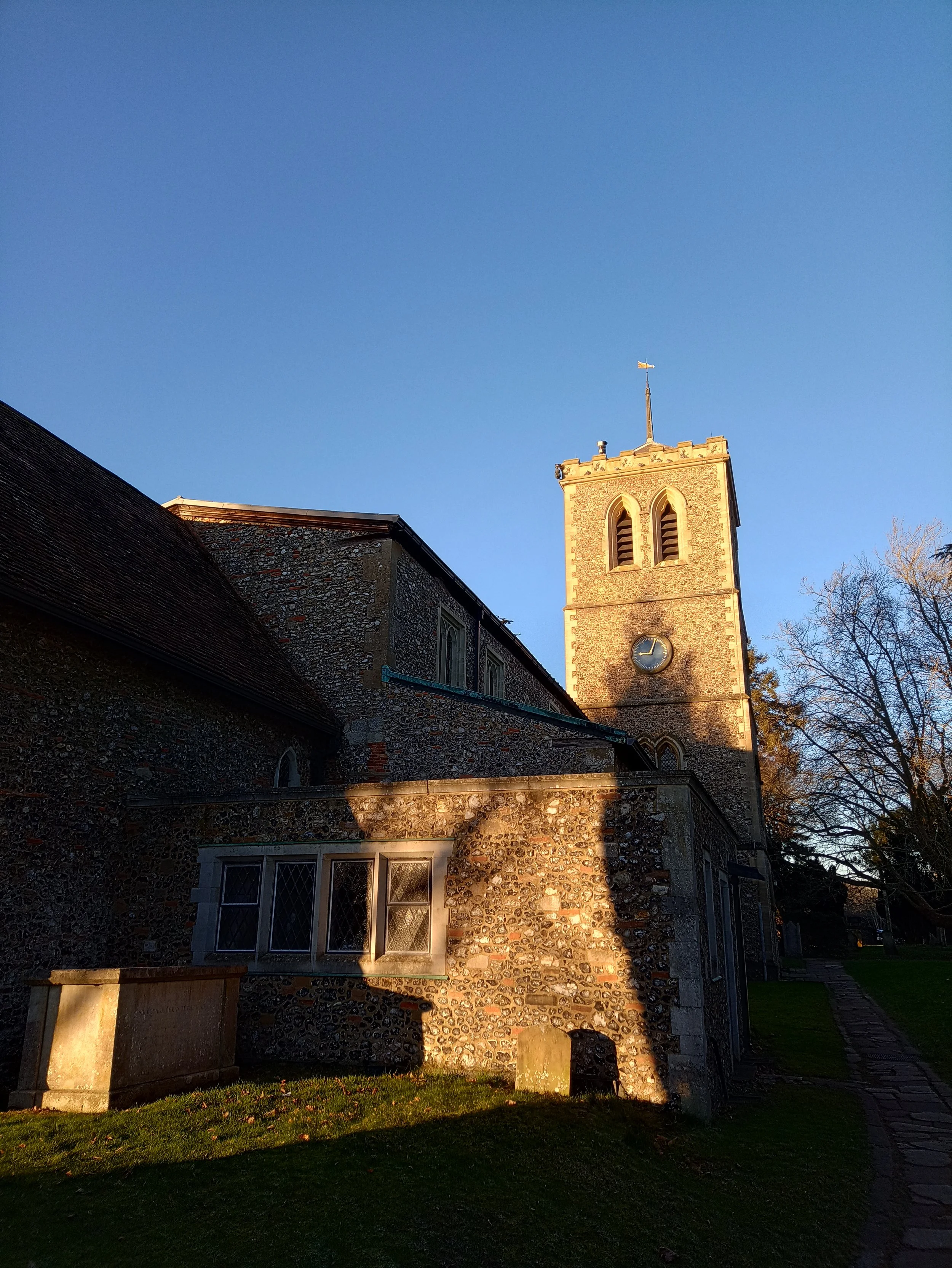Explore over 1,100 years of history
Discover a church built on the site of the Roman Basilica where St Alban was martyred in the 3rd century
St Michael’s Church is open to visitors most days.
St Michael’s church, St Albans, has a strong claim to be the oldest site of known Christian activity in the British Isles: St Alban lived within a quarter of a mile of the present church in the Roman town of Verulamium. During the Persecution of Diocletian he was tried for being a Christian and sentenced to death in the basilica that once occupied the site where the church now stands.It is probably also not by chance that the church was named after Michael, a powerful warrior-angel sent to provide strength in times of such conflict as Alban would have faced in this place. There are no remains of the first Christian buildings on the site, but some time in the 10th century the Anglo-Saxons raised a more enduring structure. They reused bricks from the ruined Roman town which can still be seen in the arches of the original windows and among the external masonry. The church was later expanded as aisles were added, and the roof was lifted to increase levels of light. Despite these modifications, St Michael’s remains the most extant Anglo-Saxon building in Hertfordshire.
St Michael’s and medieval pilgrims
Around the time that the present church was constructed, St Michael’s came under the control of the nearby Benedictine monastery. During the high Middle Ages, it was used for prayer and preparation by pilgrims who were journeying to Alban’s shrine. Several artefacts survive from this period. These include 14th century brasses, the 15th century ceiling, a medieval altar stone (now set in the floor under the east window), and the early Tudor font. Medieval St Michael’s would have been more elaborately painted than today. Chief among the wall paintings was the ‘Doom’, a depiction of the Last Judgement. The only surviving remnant is the large wooden lozenge displayed on the south wall which shows men and women rising from their tombs and looking with hope to heaven.
St Michael’s in the early modern world
At the Reformation, the right to appoint the vicar of St Michael’s passed from the Abbey to the Bacon family, owners of Gorhambury, the estate immediately to the west of St Albans. Francis Bacon, the famous philosopher and statesman (died 1626), may be buried in the church; there is a magnificent statue to him at the left of the high altar. The pulpit, plus the communion table under the arch (both c.1600), are thought to have come from Bacon’s Old Gorhambury House. The Bacons were succeeded by the Grimstons, who still live at Gorhambury today. There are several Grimston memorials in the church, most notably the beautiful east window which recalls the Transfiguration, when Jesus’ identity as God’s Son was revealed to his closest followers.
The Parish of St Michael’s today
St Michael’s is an ancient church but not a static one; it has been evolving for nearly eleven centuries and continues to do so. The pub down the road is named after the original Six Bells in St Michael’s tower – but it is decades since an additional two bells were hung to make a full octave! St Michael’s today is a vibrant, welcoming, all-age congregation, part of the Church of England, worshipping and serving Jesus in western St Albans.
Visit us
St Michael’s Church
St Michael’s Street
St Albans AL3 4SL
United Kingdom
Parish Office Hours
Weekdays (excluding Wednesday)
9.30 am to 12 pm
Phone
01727 835037






